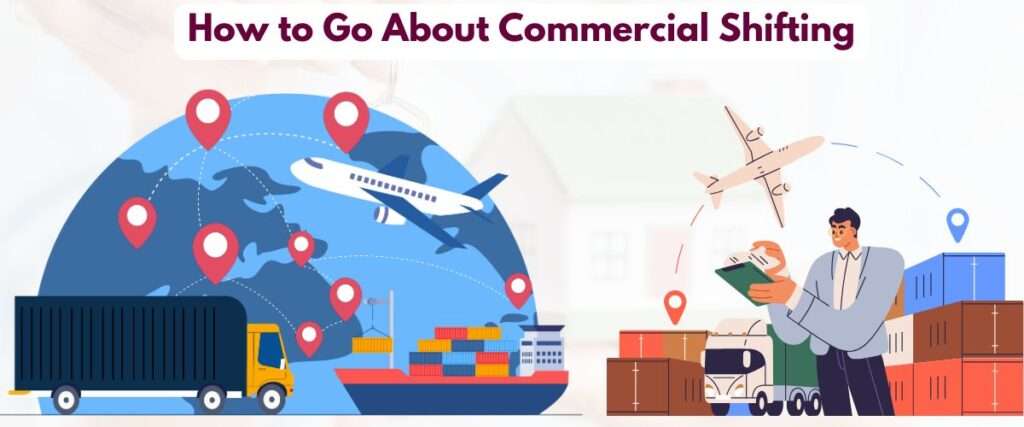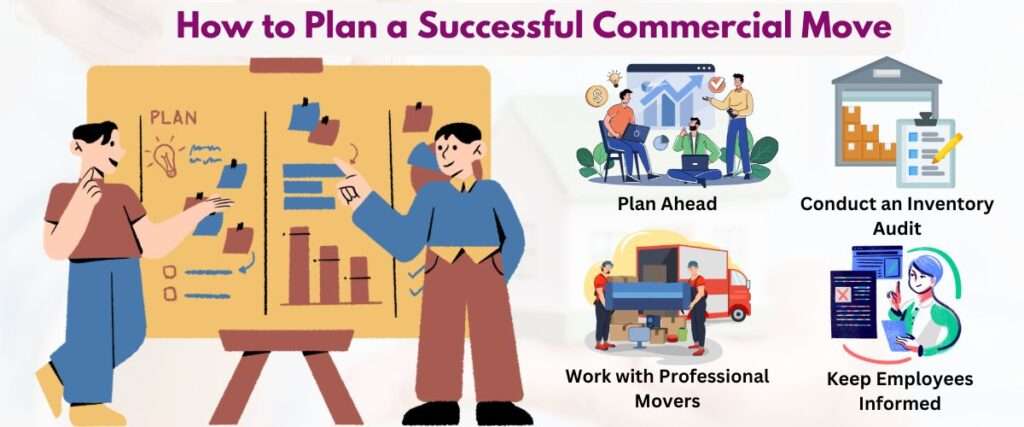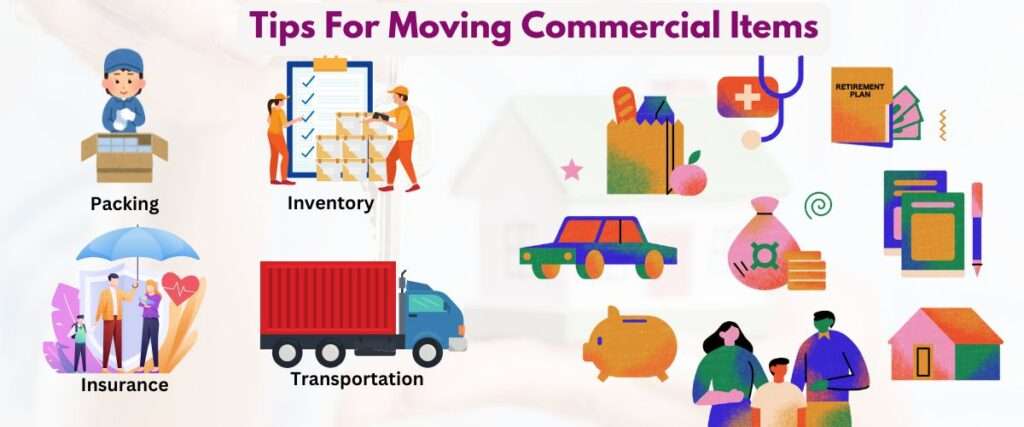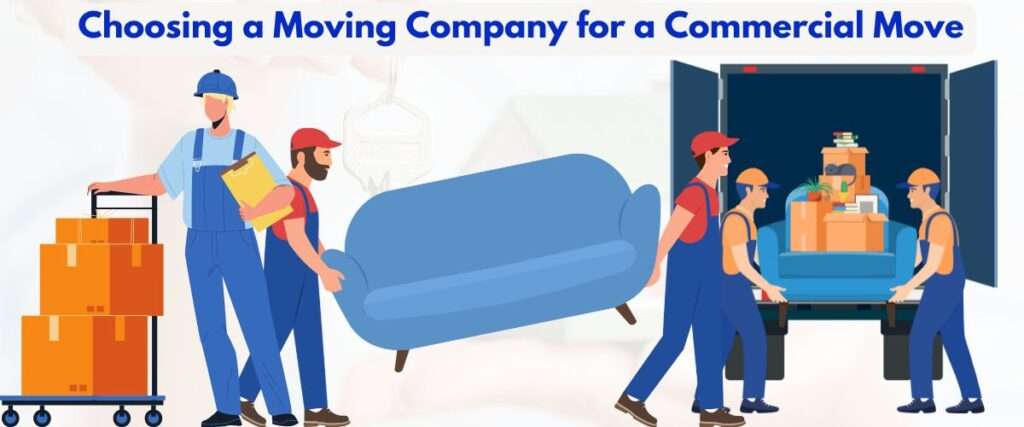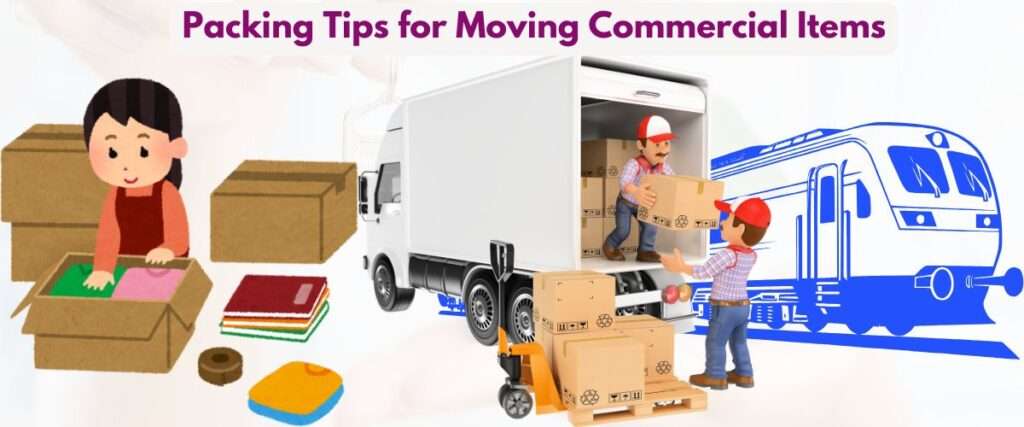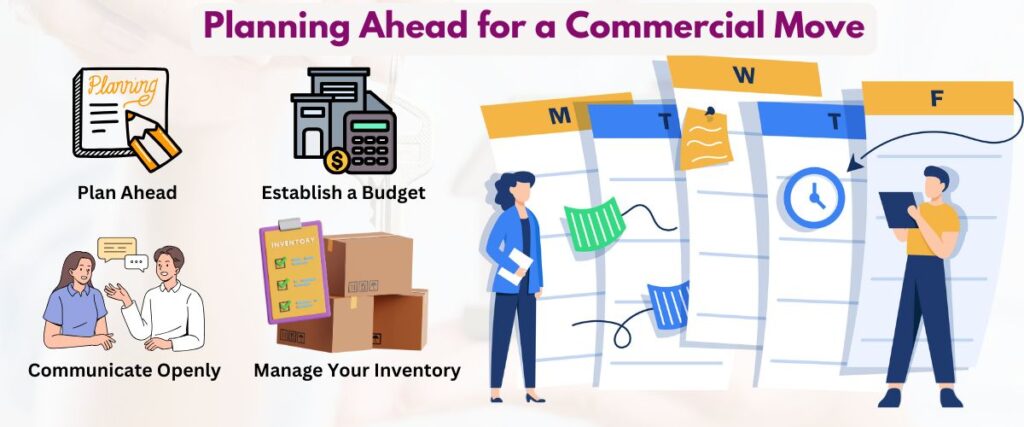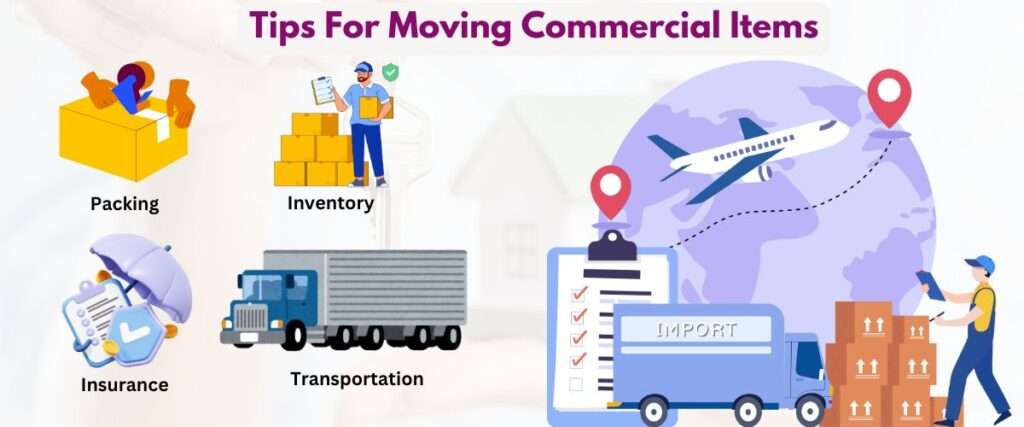
How to Choose a Packers and Movers Company
Packing and moving can be a stressful experience, but top Packers and Movers Kolkata make the process as stress-free as possible. Their comprehensive services cover residential as well as office relocation. Plus they can offer secure storage facilities.
This article will outline some key considerations when hiring a Packers and Movers Kolkata service, helping you select one that best meets both your needs and budget.
Expertise
No matter the size or complexity of your move, professional packers and movers offer comprehensive services for packing, moving and storage. Their high-quality packaging materials protect belongings from being damaged during transit; additionally, specialized techniques may be applied when transporting delicate or valuable items – providing a smooth relocation experience!
International movers and packers Kolkata specialize in moving household goods across international borders. Their comprehensive and personalized services address your specific relocation needs, from customs regulations to paperwork guidance. Plus, their cutting-edge technologies help streamline the moving process while improving customer service.
When searching for an international moving company, experience is of utmost importance. Check their license and insurance status; as well as customer feedback records to determine customer satisfaction. Finally, the right firm should offer detailed quotes of their services before selecting one.
Reliability
When it comes to relocation, hiring a reliable packers and movers company will guarantee your possessions are handled safely. They will provide an exhaustive list of items needing packing as well as providing packing materials such as bubble wraps or plastic foam sheets; additionally they may even offer transit insurance in case anything gets damaged during transport.
Costs associated with moving services depend heavily on your individual requirements, making budgeting for them essential. When hiring multiple movers and packers in Kolkata, requesting quotes from different providers allows you to compare services and prices more accurately.
Domestic packers and movers in Kolkata have extensive experience managing both local and intercity moves, including residential relocations, car transporting services, warehouse & storage solutions and car shipping solutions. Their expert staff of packaging, packing, unpacking and providing personalized attention is known for its efficient performance.
Insurance
Before selecting a packer and mover in Kolkata, be sure to inquire about their insurance policies. This is especially important if you plan on relocating across cities or states; many seasoned movers offer transit insurance packages as an added layer of protection against damages to your belongings – an affordable price to pay for peace of mind and safety.
Top rated movers and packers in Kolkata provide more than just traditional packing and moving services; they also offer local relocation, warehousing/storage facilities, car transportation services, bike transport services as well as customisation at competitive pricing.
To get quotes, enter your details on AssureShift and we will match you with multiple certified and vetted Packers and Movers in Kolkata. Our rigorous verification process involves both phone interviews and physical inspection of each company to ensure reliability, experience, professionalism and customized quotes that fit with your unique moving requirements.
Cost
Cost of packers and movers in Kolkata depends on the size and type of relocation services needed by you and can vary according to household size, as well as what specialized services such as office or laboratory relocation may have higher rates. Decluttering to reduce costs through selling/donating unwanted items; additionally you could hire a mover during off-season periods – both can save money!
Understanding the different factors relating to packers and movers charges in Kolkata will enable you to set a realistic budget, avoid unexpected expenses, and select the most suitable movers and packers in Kolkata for your relocation needs.
To quickly and easily receive a free quote for your move, fill out your details on AssureShift and submit them. Immediately thereafter, AssureShift will analyze your specifications and share pre-verified quotes from packers and movers in Kolkata that meet them – providing a fast and effortless process to help find one who suits your requirements.

